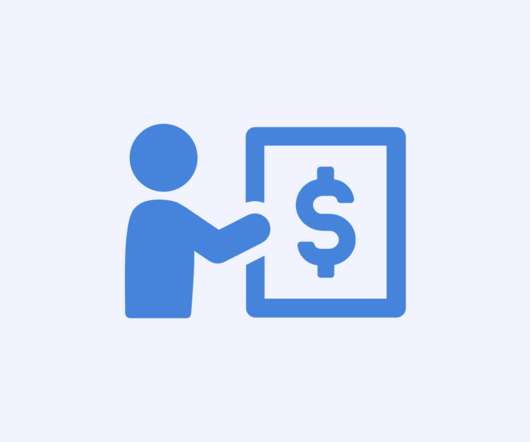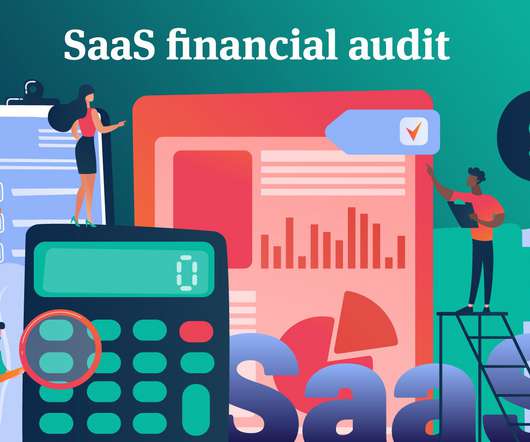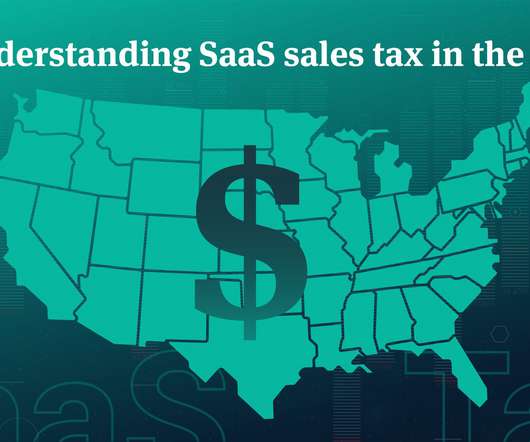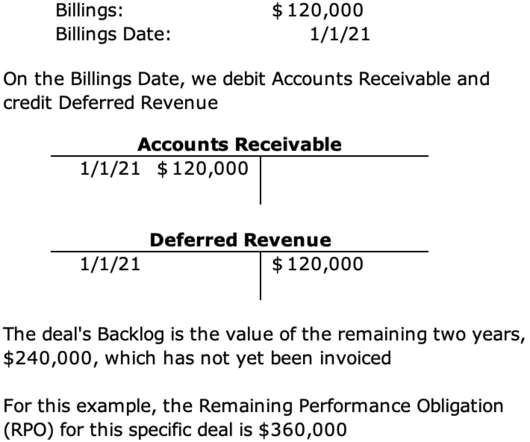Understanding Subscription Revenue
Baremetrics
AUGUST 22, 2021
Subscription revenue can be defined most simply as a model which generates income from customers through recurring fees that are paid at regular intervals. These can be weekly, monthly, or annual payments. Subscription Pricing Models How to Get Subscription Pricing Right The Advantages of a Subscription Revenue Model 1.





















Let's personalize your content